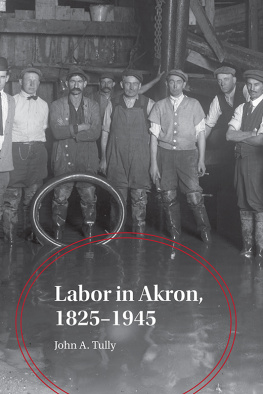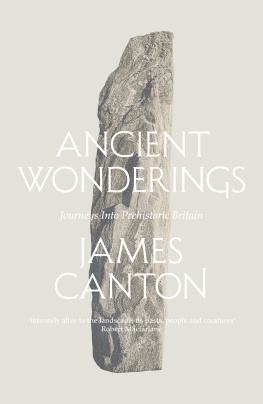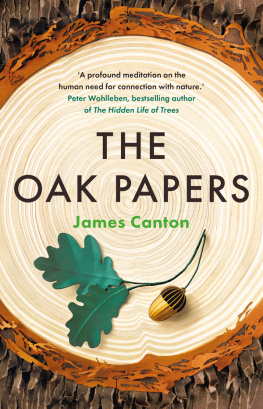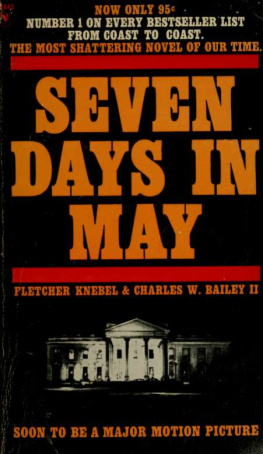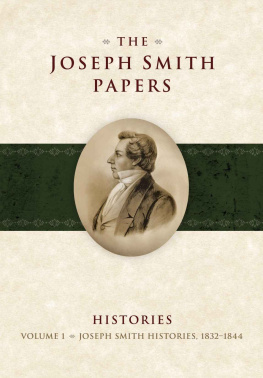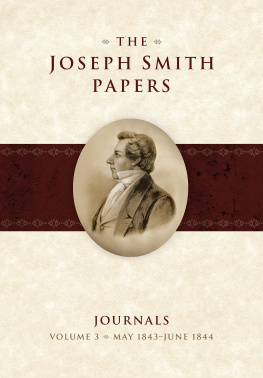OLD CANTON.
Even the departure of a vessel from New York for Canton in 1824 was a rare occurrence. Neither had it yet become fashionable to place the accent on the last syllable in the name of that distant port. It would have appeared pedantic. Years after, only, did it become ton! As the ship cast off, the neighbouring wharves were crowded with lookers-on, national and private flags were run up to the mastheads of sea-going craft lying near.
Cheers were heard as she glided into the river, and the ship 'Citizen,' Captain E. L. Keen, passed Sandy Hook in the evening of October 9 of the above year, bound to the Central Flowery Land. Friends and relations who had accompanied us thus far now took leave, and returned to the city in the pilot boat, steam tugs not having yet come into existence.
The 'Citizen,' of 498 tons was one of seven ships owned by Mr. Thomas H. Smith, of New York, who had been for many years engaged in the China trade. She had already made two voyages to Canton, and before leaving on her present one, had been newly coppered and 'thoroughly' overhauled, the better to withstand the westerly gales she was likely to encounter on her return passage off the Cape of Good Hope in the winter season. The crew consisted of thirty-two men and boys, with two officers. One of the latter, the second officer, as well as Captain Keen and ten or twelve of the men, had served on board privateers in our last war with Great Britain, while eight sailors had just returned from a three years' cruise in the Pacific, on board the U.S. 74 'Franklin,' Commodore Stewart. As usual at this time with vessels bound on Eastern voyages, the 'Citizen' was well provided with arms and ammunitionnot only for the risk of pirates in the Atlantic, to whom her valuable cargo offered great temptation, but from possible mishaps while passing through the Eastern Straits.
The cargo consisted of 350,000 Spanish dollars in kegs (no letters of credit on London bankers then existing), furs, lead, bar and scrap iron, and quicksilver. Passengers were not taken except under peculiar circumstances. I should have been the only one, in virtue of being destined for Mr. Smith's Factory at Canton, but just before sailing a Scotch gentleman presented himself at the office, and sought for a passage on board. The letters he bore were of a high character, among them being one from the celebrated Mr. Hume. His name was Fullerton, and his vocation that of surgeon in the English East India Company's service. He was allowed to go in the ship, and proved to be a most intelligent and amiable person.
He had made several voyages to India and China, was full of anecdote and pleasant conversation, thereby relieving the weariness of the journey. The medical advice he most cheerfully gave rendered him a valuable addition to us, particularly on the occasion of the ship taking fire just before making Sandalwood Island, when one of the men was so seriously injured that his life was despaired of for a time; but although he managed to get back in the ship to New York, he never did a day's work after the accident. My fellow-passenger was only known on board as Doctor Smyth. He had come to New York expressly to get to China in an 'out of season' vessel, which ours was. We had no idea of the object he had in view, and he volunteered no information. There was, however, a little mystery in the matter.
On our arrival at 'Lintin' we had scarcely anchored when my fellow-passenger took a fast being returned to their own country.
Some years after, in the winter of 1832, I last had the pleasure of shaking hands with my old shipmate at Canton. He was then surgeon of the Honourable Company's ship 'Lady Melville.'
We had the misfortune to lose the ship's cook about five o'clock on the morning of the twenty-fifth day out, when he sprung into the sea. We had rushed on deck at the cry of the 'cook overboard,' and heard him shout as he passed the ship's quarter, 'You are all going to(a most uncomfortable place of one syllable, beginning with the letter H), I'm going to Guadaloupe.' The ship was instantly brought to the wind, a man sent aloft to keep the poor fellow in sight, and a boat lowered in a trice, but suddenly he disappeared. We resumed our course. The crew had often been amused while about the galley to find its 'monarch' with an open Bible in one hand, and reading aloud from it, while prodding the salt junk in the boiler with a 'tormentor' in the other! They thought him a 'queer fellow,' particularly as he would caution them as to their wickedness in blaspheming, and their utter disregard of the future! We had heard through the officers of those erratic ways and strange conduct for a 'ship's cook,' but no one imagined that his head was turned.
The next morning the chief officer discovered on our starboard beam a three-masted felucca, under small sail, standing as ourselves. It was nearly calm; presently the 'little stranger' steered for us, manned a certain number of sweeps, and seemed to have a great number of men on board. She was about 140 or 150 tons burthen. While examining her with our glasses, a sail was set on her jigger mast. There seemed to be a general wish that she would 'come on,' in spite of what was unmistakably a heavy swivel gun amidships. We showed our colours, to which no reply was made. At last we seemed to have fallen in with the traditional 'long, low, black schooner,' metamorphosed into a felucca for the nonce. Suddenly the man at the wheel directed the attention of the mate to another sail just appearing on our larboard beam; she was steering to the southward, with a light air and under a crowd of sail. As she approached, she proved to be a schooner of the size of our revenue cutters. A barque also hove in sight, bringing up a stiff squall, with heavy rain. The felucca was next observed standing on the same course as ourselves. We trimmed sail to the wind, and hauled up to the eastward; presently, the wind increasing, the schooner crossed our bows, almost within hailing distancea beautiful object to look at. She set all studding sails as she went by us, with a fore skysail, and that other unusual sail, now, perhaps, never heard of, and then not common, called a 'ring tail.'



